24 Hours Hotline: +86 137-3541-1378
Email:[email protected]
24 Hours Hotline: +86 137-3541-1378
Email:[email protected]
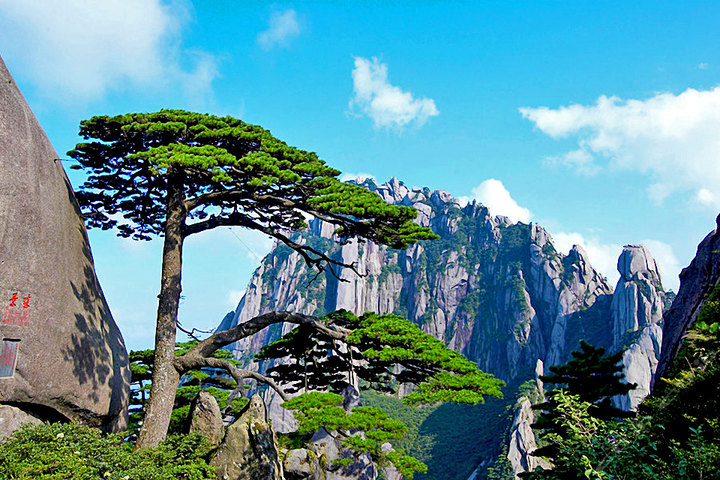
Overview of Huangshan
Huangshan
city, called Huizhou in ancient times, It is bordered by Chizhou to the
northwest, Xuancheng to the northeast, Jiangxi Province to the
southwest and Zhejiang Province to the southeast. Huangshan is a
prefecture-level city in southern Anhui province. Huangshan means Yellow
Mountain in Chinese and the city is named after the famously scenic
Yellow Mountains which cover much of the city's vast geographic expanse.
The prefectural city of Huangshan includes three urban districts and
four counties. The urban center of Huangshan was originally the city of
Tunxi, and is now called Tunxi District. Locals still call the city
Tunxi to distinguish urban core from other parts of Huangshan.
Huangshan city is extremely well-endowed with tourism resources. Here we find one world natural and cultural heritage site, The city's current jurisdiction covers much of the historical and cultural region of Huizhou (??), which together with Anqing formed the name of Anhui Province. Huangshan is home to two UNESCO World Heritage Sites, Mount Huangshan and Hongcun and Xidi, the ancient villages of southern Anhui. It is a leading tourist destination in China. One world cultural heritage site, one world geological park, three national geological parks, three national forest parks, two national nature reserves, three national scenic and historic interest zones, one national AAAAA class tourism areas, 15 national AAAA class tourism areas and 15 national intangible cultural heritage sites. All these cultural and natural heritages in Huangshan have become a magnet to tourists from both inside and outside China.
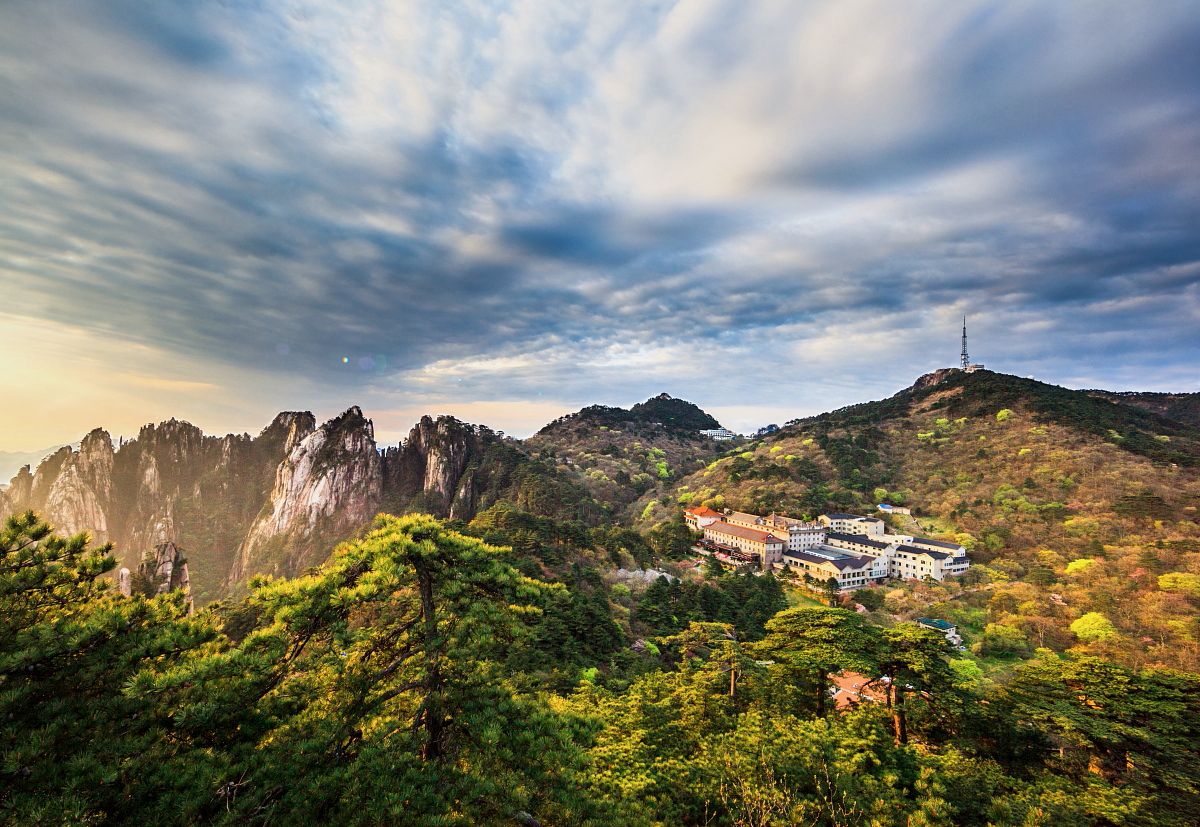
Huangshan history
Huangshan was formed approximately 100 million years ago and gained its unique rock formations in the Quaternary Glaciation.
During the Qin Dynasty, Huangshan was known as Yishan (Mount Yi). In 747 AD, its name was changed to Huangshan (Mount Huang) by imperial decree; the name is commonly thought to have been coined in honor of Huang Di (the Yellow Emperor), a legendary Chinese emperor, and the mythological ancestor of the Han Chinese. Huangshan is known for its stone steps, carved into the side of the mountain, of which there may be more than 60,000 throughout the area. The date at which work on the steps began is unknown, but they have been said to be more than 1,500 years old.
In 1982, Huangshan was declared a "site of scenic beauty and historic interest" by the State Council of the People's Republic of China. It was named a UNESCO World Heritage Site in 1990 for its scenery and for its role as a habitat for rare and threatened species. In 2002, Huangshan was named the "sister mountain" of Jungfrau in the Swiss Alps.

Huangshan in Four Reasons
Spring
Mt.
Huangshan in spring is like a maiden - all is new, fresh and tender.
Spring comes in April but its onset is delayed by three days for every
100 meters as you climb the mountain. Therefore, when wild flowers are
brilliant and seedlings are shooting up at its foot, the plants half way
up the mountain will be just awakening from their winter sleep and will
not exhibit their beauty until a week later. The sound of birdsong is
most pleasant in this quietness while you will be enchanted by the color
changes as you climb your way up. Spring is probably the most
propitious season for visiting Mt. Huangshan and is certainly the best
time to view the many waterfalls due to the abundant precipitation.
Summer
It
is hard to resist the charm of the cool green mountain sides in summer
when an exuberance of plant life covers the valleys and peaks with a
green blanket. The green trees and ivy mingle to form natural pavilions
where you can sit and refresh yourself while enjoying the beautiful
scenery with a cooling breeze to sooth you. Dawn in summer is most
splendid as the rising sun lights the sky and the peaks and the plants
and the whole world takes on a brilliant glow. After a storm, Mt.
Huangshan becomes a world of water. Numerous streams and waterfalls
compose an exciting and vigorous symphony. The Sea of Clouds during this
season is not as vast as during autumn or winter but it revels in its
brightness. If you are really lucky you will see a vivid rainbow flying
over two peaks. Sunset is no less enchanting than sunrise. Mt. Huangshan
in summer is the best resort in which to escape high temperatures of
southern China.
Autumn
Autumn
on the mountain is colorful due to the blue sky, white clouds, red
maples and yellow fruits. At this time of the year the scenery can be
compared with that of spring but with a mature beauty. If spring is like
a bud ready to bloom, autumn is a flower showing its last significance
before withering. Such is the beauty of the autumn scenery of Mt.
Huangshan that it can be seen in many famous Chinese paintings.
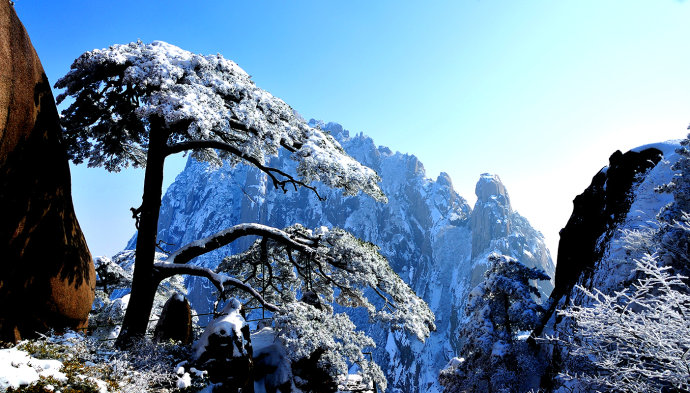
Winter
Winter
Snowy Mt. Huangshan is like a crystal palace. Though winter lasts a
long time in Huangshan, it is not as cold as you might expect. A poem
has it that Mt. Huangshan is beautiful all year round but with the
winter scenery being the best. The Sea of Clouds, one of the four
wonders of Mt. Huangshan, appears more often in winter than in any other
season. The spectacle of rimed trees sparkling in the sun is the
privilege of winter alone for it is then that you may find yourself in a
silver world with icy peaks, clusters of frosty corals suffused with a
plentiful supply of the freshest of oxygen rich fresh air.
Huangshan attractions
Tunxi Ancient Street
The
street with centuries-old history dates back to the Song Dynasty
(960-1279). Emperor Huizong (1082-1135) moved his seat of government to
Lin'an (now is Hangzhou), when many architects and workmen were
conscripted to construct the new capital. After returning to their
hometown, they imitated the structural style to build architecture along
the street, so Tunxi Ancient Street was formed. At the beginning of the
Ming Dynasty (1368-1644), a merchant in Anhui invested money to build
47 stores so as to attract businessmen, which contributed to the
communication of the street with outside world. Gradually it developed
into the distribution center for materials in and out of Anhui in the
Qing Dynasty (1644-1911).
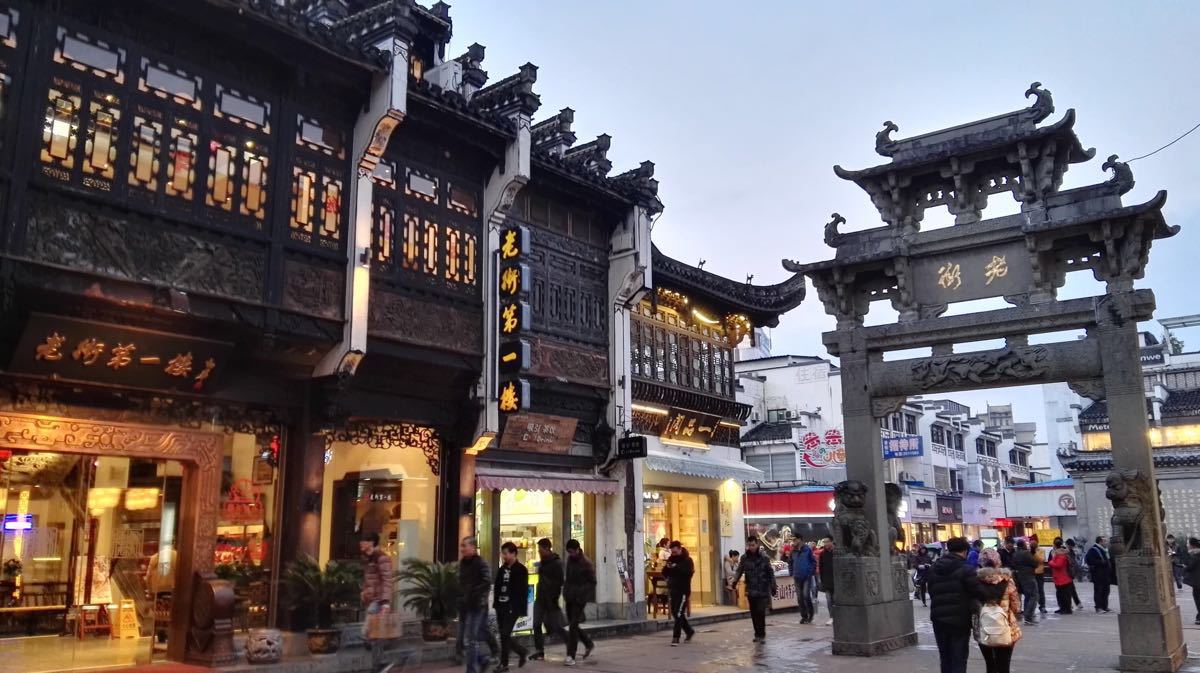
The Yellow Mountain
The
Yellow Mountains is one of the most famous and beautiful mountainous
areas in China. It was listed as a World Heritage Site by UNESCO in
1990. Its spectacular natural scenery includes oddly-shaped pines and
rocks, and mystical seas of cloud.
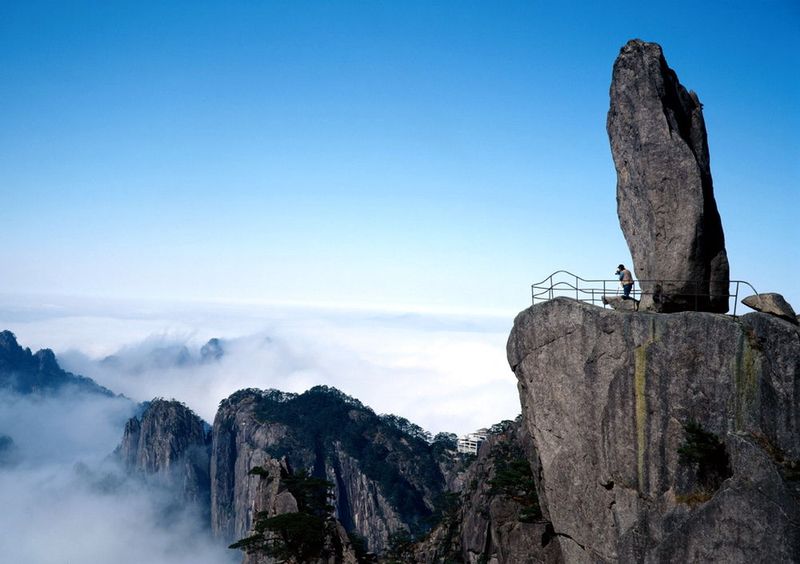
Xin ' an River
The
eastwards blue line one sees on the tourist map of Huangshan City
indicates the Xin'an River that originated from Huaiyu Mountain in
Xiuning County. The brook expands as it rolls down, joining the
Hengjiang River at Tunxi. Here, it becomes the 200 kilometer long gently
fIowing Xin'an River.
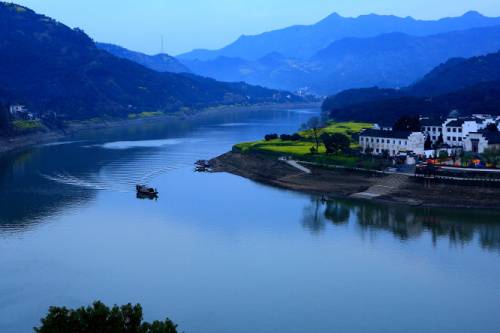
Hongcun Village
Hongcun
is a village in Yi County in the historical Huizhou region of southern
Anhui Province, China, near the southwest slope of Mount Huangshan. The
village is arranged in the shape of an ox with the nearby hill (Leigang
Hill) interpreted as the head, and two trees standing on it as the
horns. Four bridges across the Jiyin stream can be seen as the legs
whilst the houses of the village from the body. Inside the “body”, the
Jiyin stream represents the intestines and various lakes such as the
“South Lake” (Nanhu) form the other internal organs.The architecture and
carvings of the approximately 150 residences dating back to the Ming
and Qing Dynasties are said to be among the best of their kind in China.
One of the biggest of the residences open to visitors, Chenzhi Hall,
also contains a small museum. Together with Xidi, the village became a
UNESCO World Heritage Site in 2000. Scenes from the film Crouching
Tiger, Hidden Dragon were filmed on location in Hongcu.
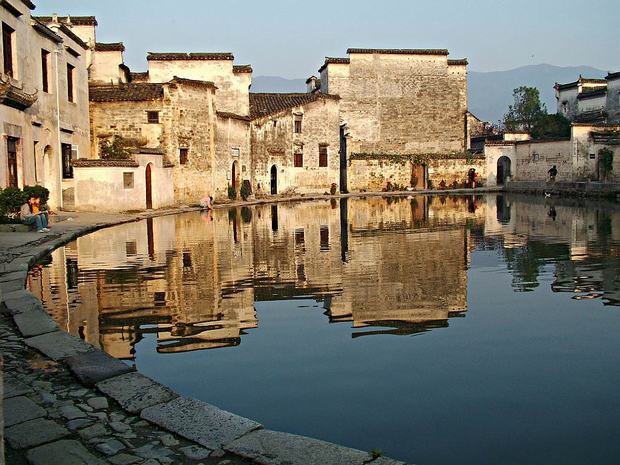
Wechat: Chinaprivatetour
24 Hours Hotline:
+86 137-3541-1378
* Authentic Experiences: Genuine local experiences that immerse you in the true essence of Hangzhou and beyond.
* Safety First: Highest safety standards with secure activities and reliable transportation.
* Customizable Tours: Flexible itineraries tailored to your interests and needs.
* Local Expertise: In-depth knowledge of Hangzhou and China, offering exclusive insights.
* Professional Guides: Licensed bilingual guides with over 5 years of experience.
* Comfortable Travel: Experienced drivers and well-maintained vehicles for a smooth journey.
* Sustainable Tourism: Commitment to responsible tourism and supporting local communities.
* Customer-Focused: Personalized service and continuous improvement based on your feedback.
* Free Cancellation: Cancel up to 24 hours before travel for flexibility and peace of mind.
* 24/7 Support: Round-the-clock assistance for any questions or help needed.
1 to 1 tailor-made service from our professional travel advisors for the most sophisticated
Constantly excellent reviews for attraction, hotel and service Competitive price
Local experts provide quality tours Best selected knowledgeable local guides Authentic local restaurants
7*24 hours available to create you a worry-free tour. No Hidden Fees and absolutely no pressure to buy. Secured








Copyright © 2017 Hangzhouprivatetour.com All rights reserved.